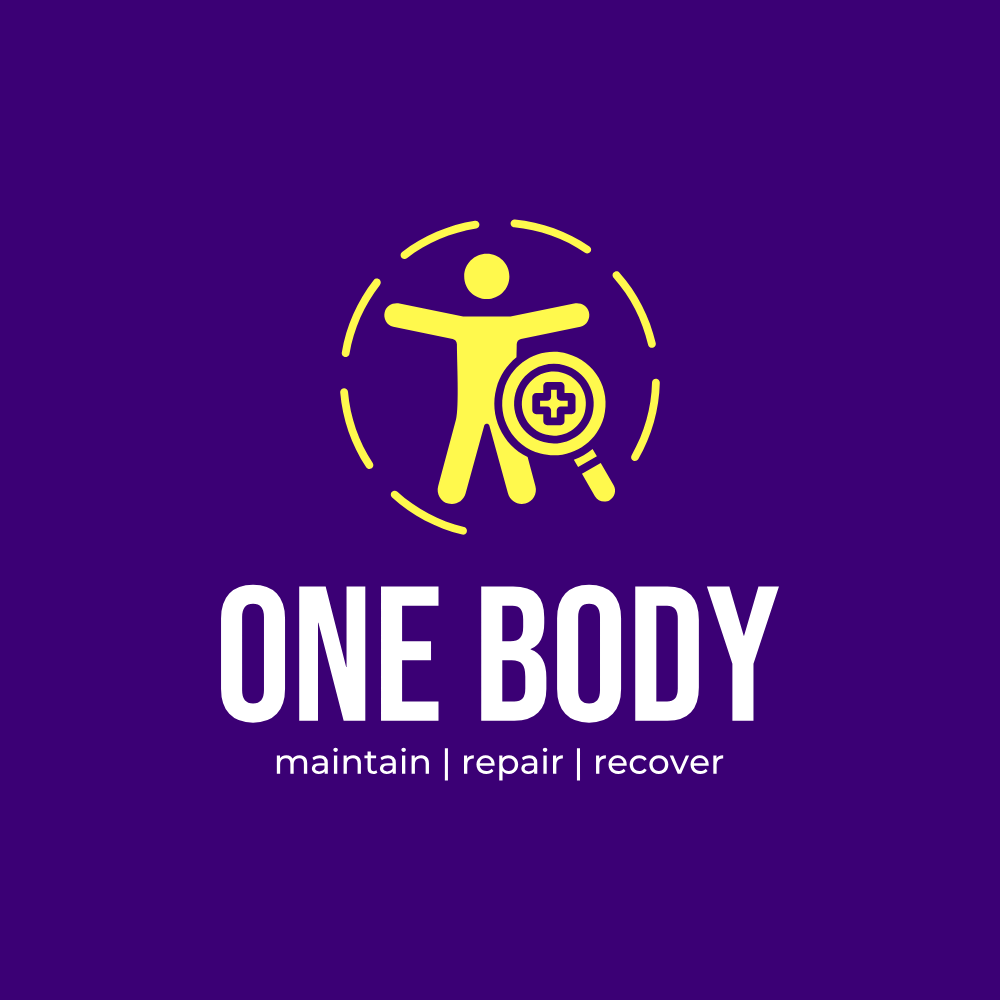The Upper Spine & Neck: The Hidden Impact of Modern Living
By One Body | Because How You Move Matters
Function: Head movement (flexion, extension, rotation, lateral flexion)
Common Issues: Forward head posture, tight upper traps, tension headaches
Key Movements: Chin tucks (retraction) Neck circles and side bends, Head tilts with breath, Look side to side slowly (active rotation)
In clinic, one of the most common — yet misunderstood — areas of discomfort I see is the upper neck and thoracic spine. While many clients come in for shoulder pain or tension headaches, it often stems from one underlying problem:
👉 Modern Posture.
Whether it's from scrolling your phone, sitting at a desk, driving, or even how you unwind in the evening — these small, repeated habits are leading to chronic upper spinal dysfunction. And most people don’t realise just how much it affects their body.
📱 Why Posture Is Getting Worse
We’re living in the era of text neck and digital slouching. Combine that with long working hours, static positions, and sedentary evenings, and we’re facing a real issue:
🔹 Forward head posture (where the head sits in front of the shoulders)
🔹 Rounded shoulders
🔹 A tightened chest
🔹 And an overstretched, weakened upper back
This kyphotic posture (excessive rounding of the upper spine) is becoming the norm — not just for adults, but increasingly in younger clients too.
🔄 How It Impacts the Entire Body
The body moves in a chain — and if the thoracic spine and upper neck are stuck, everything around them starts to compensate.
💥 Shoulder pain
Restricted thoracic mobility reduces shoulder range of motion, leading to rotator cuff issues, impingement, and discomfort during overhead movements.
💥 Tension headaches
Tight neck muscles (especially suboccipitals and upper traps) can compress nerves and create referral patterns that lead to head pain.
💥 Chest tightness
Leaning forward in daily life causes the pectoral muscles to shorten, pulling the shoulders further forward and deepening postural imbalances.
💥 Lower back compensation
If the thoracic region isn’t mobile, the lumbar spine often overcompensates, creating risk for strain and dysfunction lower down the chain.
🪑 Everyday Habits That Contribute
Here are the subtle but powerful posture habits I see often — and how they quietly reshape your upper spine:
Sitting on the sofa with no support, slouching into one hip or armrest
Driving with one arm resting higher than the other on the window or wheel
Carrying a one-strapped bag over the same shoulder daily
Prolonged phone use with head dropped forward
Previous shoulder or neck injuries that were never fully rehabilitated
Wearing tight clothing or restrictive workwear that limits spinal movement
These everyday patterns build postural memory — the body starts to adapt to them, even at rest.
💡 What I See in Clients
Across years of practice, these patterns are consistently showing up:
✔️ Tight suboccipitals and upper traps
✔️ Stiff thoracic spine with reduced extension
✔️ Overworked neck extensors trying to hold the head up
✔️ Shortened chest muscles from leaning forward all day
✔️ Compensatory lumbar issues due to poor upper posture
✔️ Old injuries reappearing due to lack of mobility and awareness
✅ Final Thought: Your Neck Needs Movement Too
Your upper spine and neck weren’t designed for stillness — they’re meant to rotate, extend, and support functional movement.
If you’ve been living with tension, recurring headaches, shoulder pain, or just feel stiff — your posture is likely playing a major role.
The good news? With the right mobility work, treatment, and awareness — it can change.
📅 Want a posture check or upper body MOT?
Let’s assess your habits, your movement, and get your spine feeling free again.
Book a session with One Body — your body will thank you for it.

